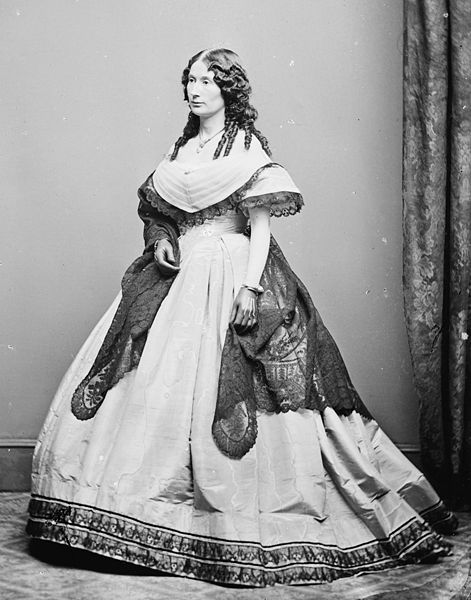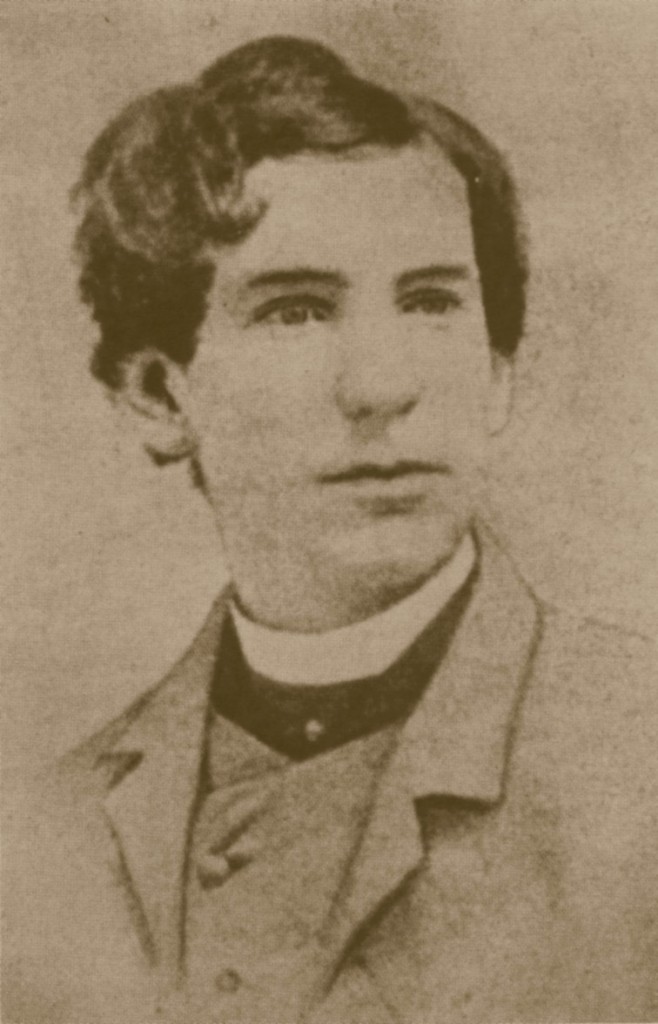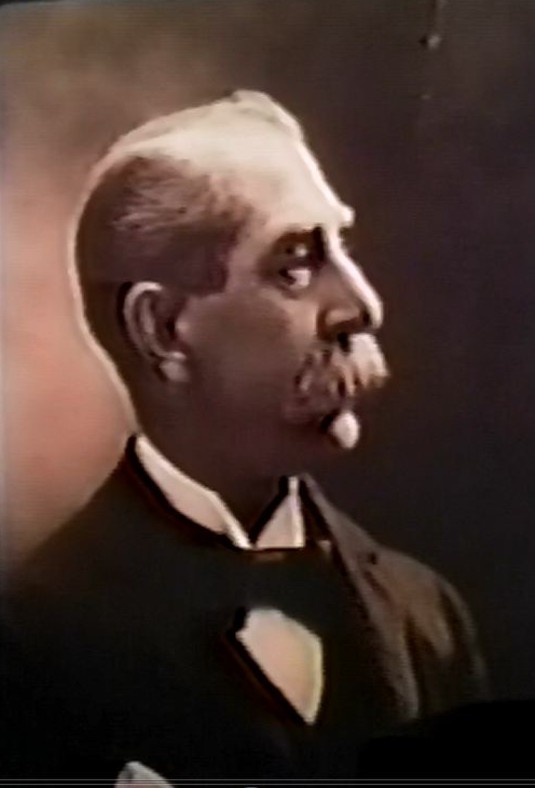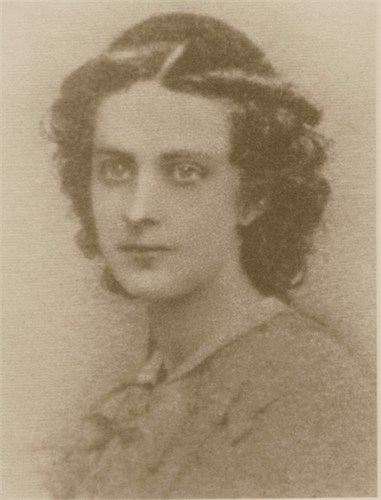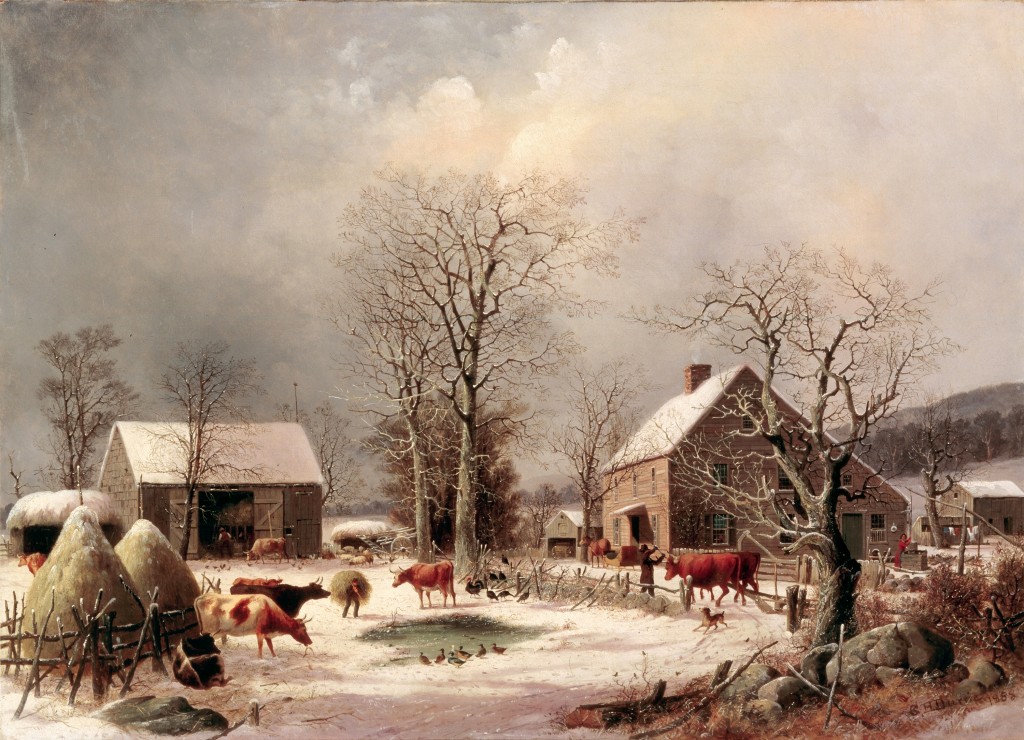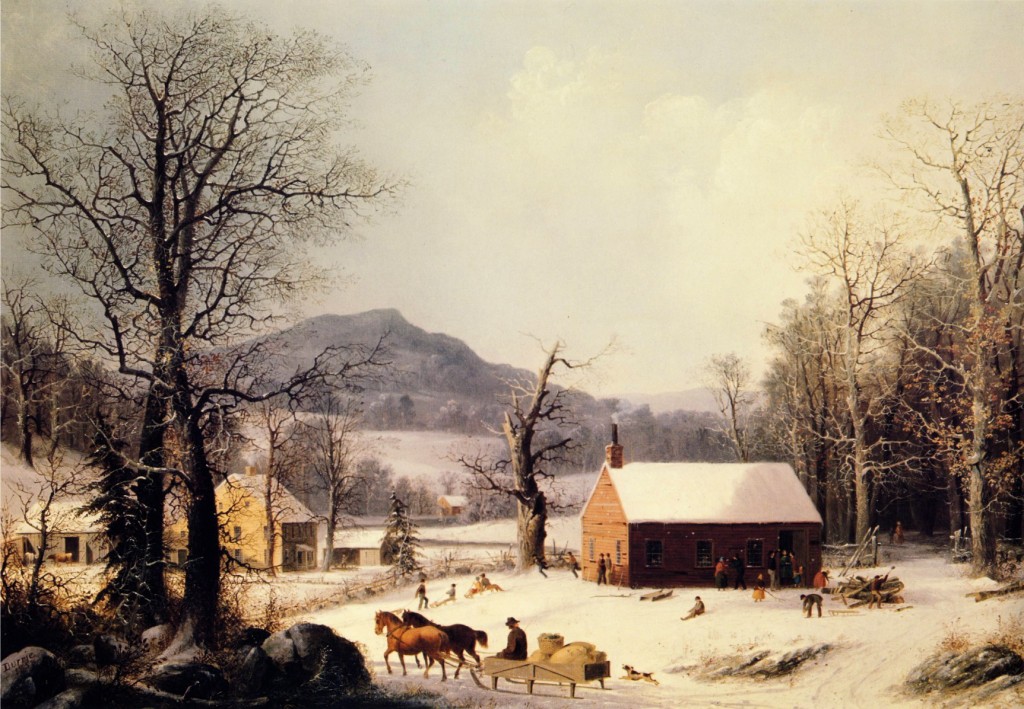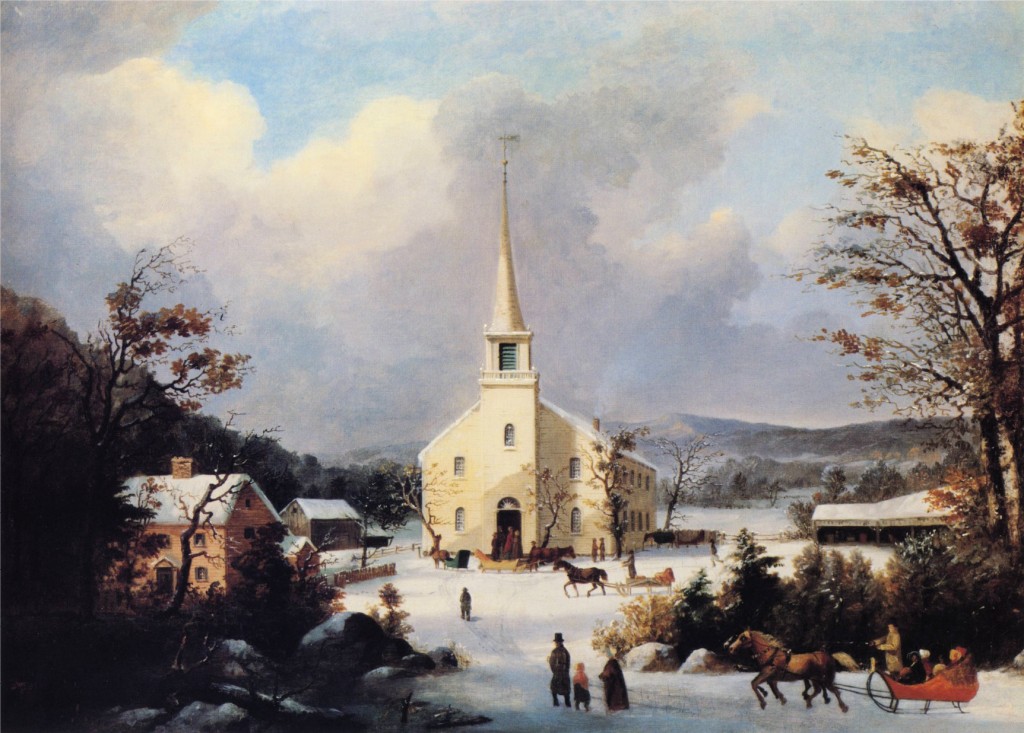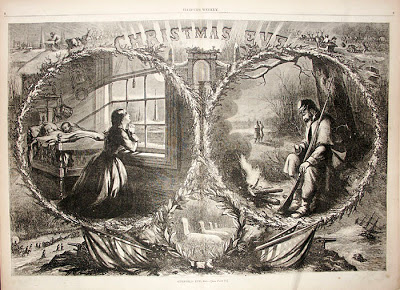Best of 2012 – Pennsylvania Medal of Honor Memorial
Posted By Norman Gasbarro on December 28, 2012
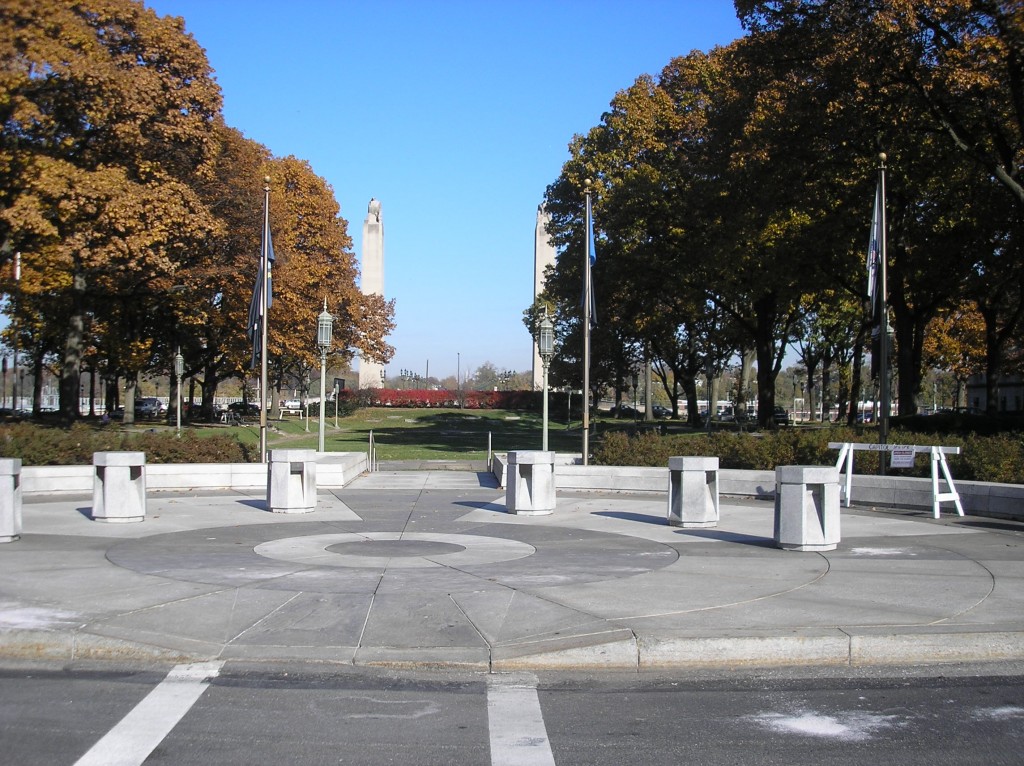
The memorial for Pennsylvania recipients of the Medal of Honor is located in Harrisburg, Dauphin County on the east side of the Capitol Building. A grove of trees (Soldiers and Sailors Grove) flanks the grounds where the name of each individual with the date and place of service is noted on a stone in the ground.
The Medal of Honor is awarded by the president on behalf of Congress to a person who distinguishes himself by gallantry at the risk of his or her own life above or beyond the call of duty while engaged in a military operation. The individual who is awarded the medal must have performed an act that is clearly above any act performed by his or her comrades. The medal signifies extraordinary merit and there is no higher military honor than can be given.
The Medal of Honor was created during the Civil War and its first recipients were men who served the Union cause in the Civil War. A total of 1522 medals were awarded for service in the Civil War, with approximately one-fifth of those going to persons with a connection to the Commonwealth of Pennsylvania. For a complete list of the Civil War recipients of the Medal of Honor, see List of American Civil War Medal of Honor Recipients.
At the entrance to the memorial a ground stone indicates the memorial dedication:
This memorial is dedicated by a grateful Commonwealth to the Medal of Honor recipients of Pennsylvania for their supreme bravery above and beyond the call of duty.
The Medal of Honor has been awarded since the Civil War to members of the United States Military Service in recognition of extraordinary acts of heroism at the risk of their lives above and beyond the call of duty. This memorial is dedicated to those Pennsylvanians whose selfless brave acts earned that highest recognition. Here are their names and the dates and places of their deeds. Here too are the tides of past wars moving outward in great arcs.
No soldiers choose to die. It’s what they risk by being who and where they are. It’s what they dare while saving someone else whose life means suddenly as much to them as theirs or more. To honor them why speak of duty or the will of governments. Think first of love each time you tell their story. It gives their sacrifice a name and takes from war its glory. Samuel Hazo.
These heroes stood firm against the tides that engulf them. Their names stand out against those dark tides now. Walk the years and cross the tides to learn the names of the brave and to find stories of their deeds. Each arc shows a time of war and the grass between marks a time of peace. Every two feet walked spans a year in history. Beyond the tides and heroes lie the shores of peace and the grove of remembrance.
The Civil War section is the first section and is the largest. At the time of the Civil War, only two awards were available – the Purple Heart and the Medal of Honor. Since the Civil War, a number of intermediate-level medals were created and the criteria were revised for awarding the Medal Honor making it much more difficult to receive one.
Direct links to each of the posts in this series which picture the in-ground stones with the names of Pennsylvania’s Medal of Honor recipients:
Pennsylvania Medal of Honor Memorial – Part 1
Pennsylvania Medal of Honor Memorial – Part 2
Pennsylvania Medal of Honor Memorial – Part 3
Pennsylvania Medal of Honor Memorial – Part 4
Pennsylvania Medal of Honor Memorial – Part 5
Pennsylvania Medal of Honor Memorial – Part 6
Pennsylvania Medal of Honor Memorial – Part 7
Pennsylvania Medal of Honor Memorial – Part 8
Pennsylvania Medal of Honor Memorial – Part 9
Pennsylvania Medal of Honor Memorial – Part 10
Pennsylvania Medal of Honor Memorial – Part 11
 ;
;

